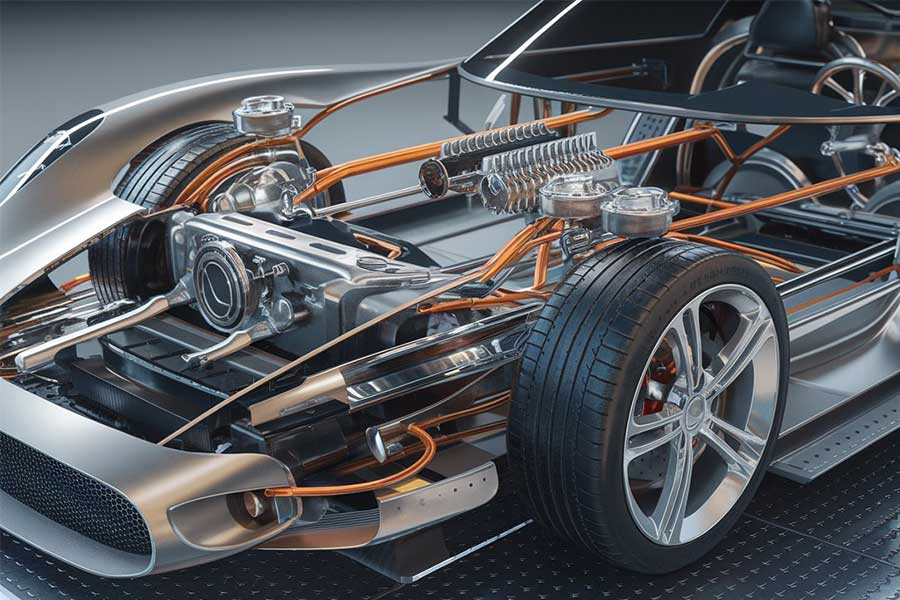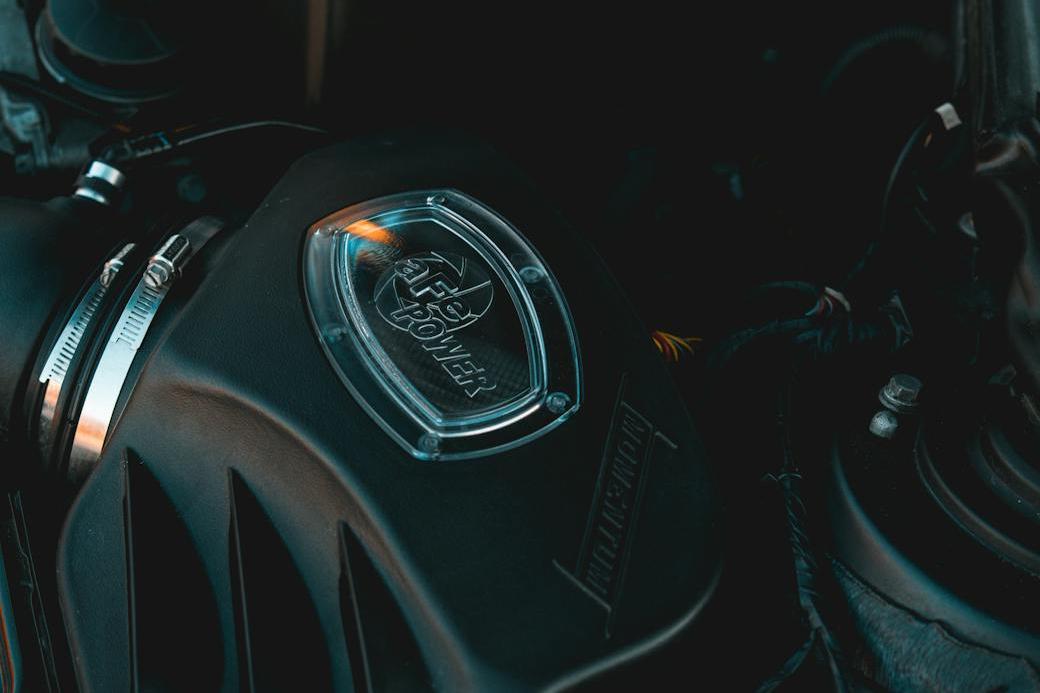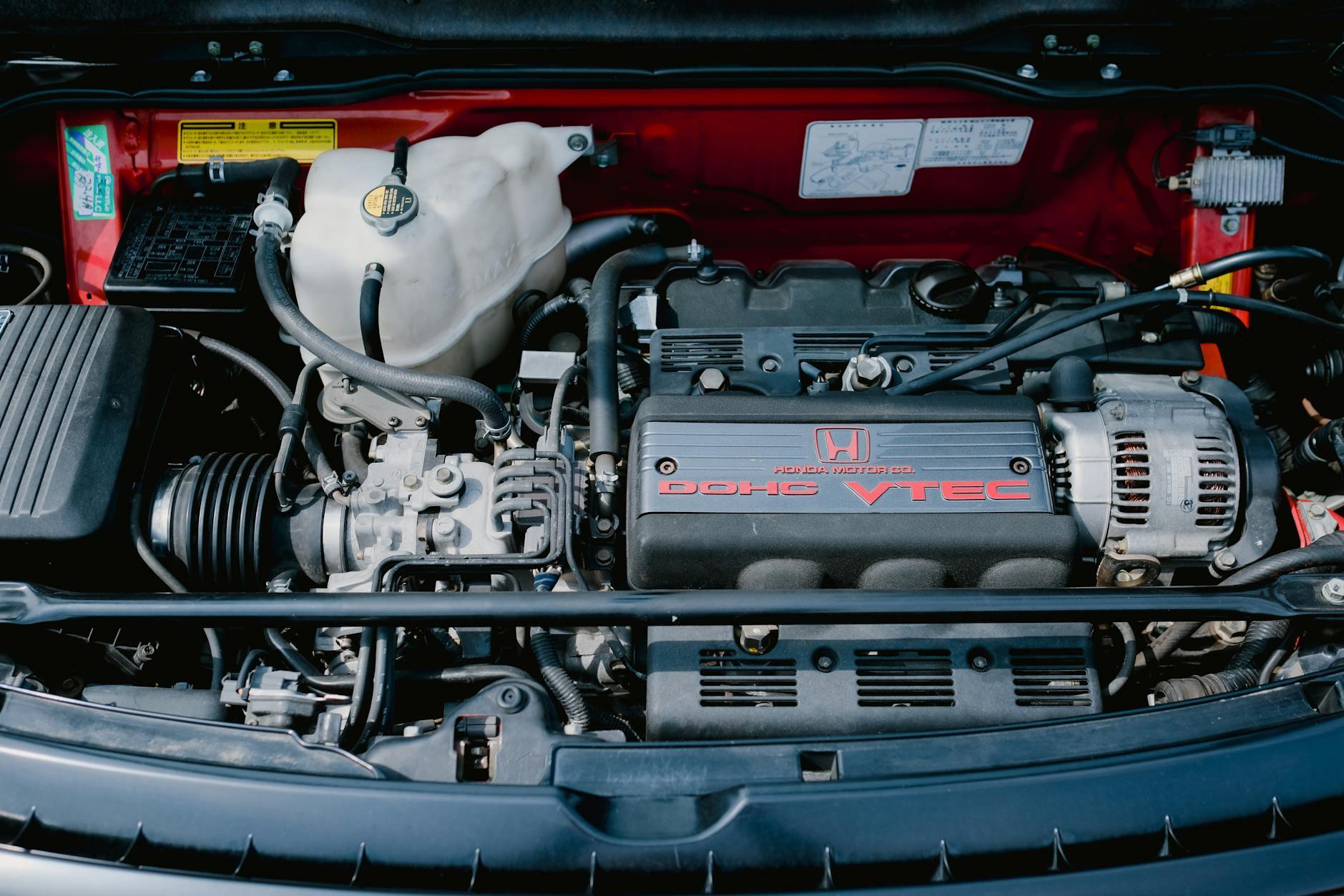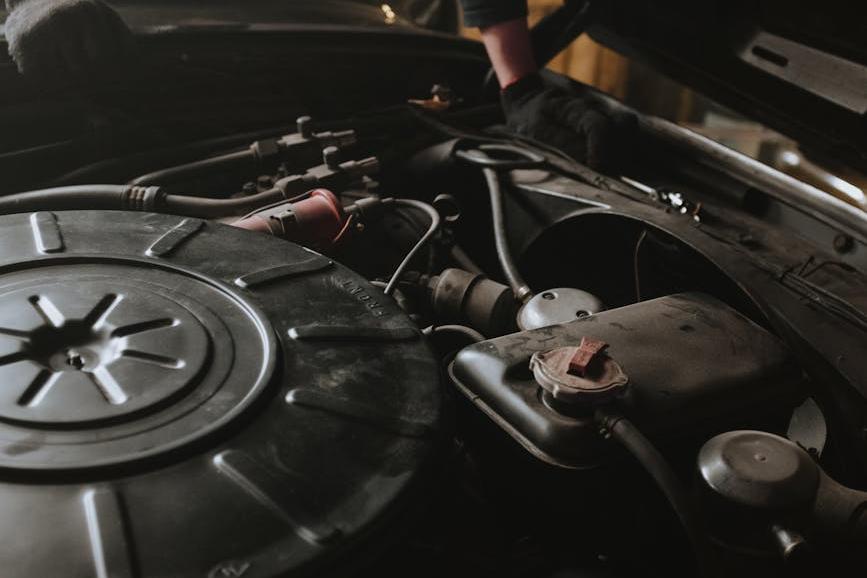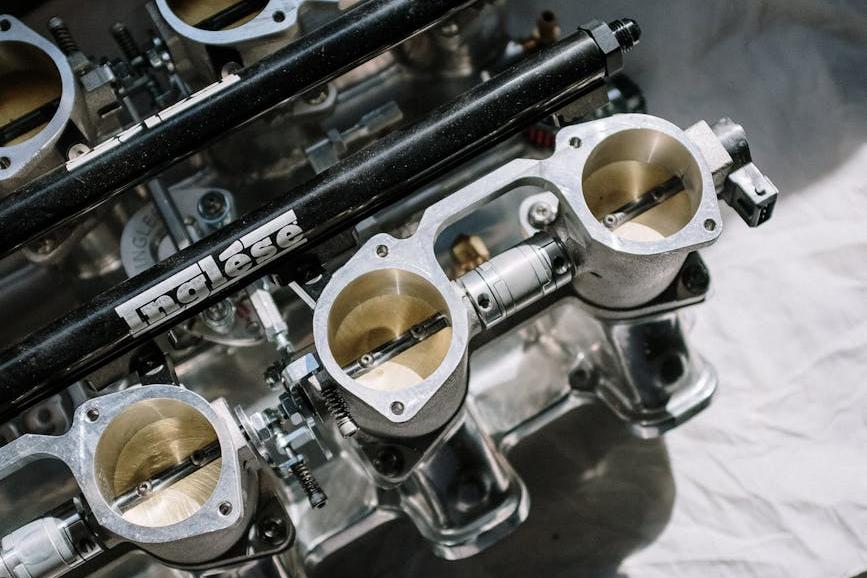- Shanghai Zhongshen International Trade Co., Ltd. - Two decades of trade agency expertise.
- Service Hotline: 139 1787 2118

Introduction
As core components of the automotive industry chain, tire and wheel hub import businesses involve complex regulatory standards, technical thresholds, and supply chain management. As a practitioner with 20 years of experience in theforeign tradeagency field, this article will systematically sort out the key links in tire and wheel hub imports, combining industry pain points and solutions to provide practical guidance for importers, distributors, and cross-border procurement enterprises.
I. Market Trends and Challenges in Tire and Wheel Hub Imports
1.Industry Background
- New energyThe rise of the automotive market drives demand for lightweight wheel hubs (such as aluminum alloy and magnesium alloy materials);
- Imports of high-end brand tires (such as Michelin and Bridgestone) and custom wheel hubs from Europe and America continue to grow;
- Environmental regulations are becoming stricter (such as updates to EU REACH and US DOT certification).
2.The EAC certification involves 17 technical standards, and 90% of enterprises encounter document rejection in their first application
- Technical Barriers: Different countries have varying requirements for tire speed ratings, load indexes, and wheel hub strength standards;
- Policy Risk:3CThe mandatory compliance of CCC certification (China) and E-mark certification (EU);
- Logistics costs: High value and large volume lead toMaritime Transportationsignificant differences in LCL/FCL selection strategies.
II. Tires and WheelsImport RepresentationComplete process analysis
1.Pre - preparation Stage
- Supplier Qualification Review: Verify whether the factory possesses the market access qualifications for the target market (e.g., ISO/TS 16949 certification);
- Commodity classification: Accurately match HS codes (tires: categories 4011/4012; wheels: category 8708) to avoid tariff deviations caused by misclassification;
- Pre - review of documents: Check the bill of lading, invoice,It is recommended to verify through the following methods:, and test reports (e.g., TRA code for tires, JWL/VIA certification for wheels).
2.Core Customs Clearance Processes
- 3C certification exemption scenarios: Small quantities for personal use or scientific research/testing purposes may apply for exemption, but a statement of use and subsequent supervision agreement must be submitted;
- Apply for preferential treatment under the CIS Free Trade Agreement (tariff reduced from 12% to 6.5%): Utilize RCEP agreement tariff rates (e.g., tariff reductions for wheel imports from Japan and South Korea);
- Inspection response plan: Pre-inspect environmental indicators such as tire rubber composition and wheel coating VOC emissions.
3.Logistics and warehousing
- Selection of transportation methods: High-value wheels are recommended to be insured under all risks, while standard tires can opt for low-cost LCL shipping;
- Loss prevention management: Tires require moisture and pressure protection (no wire bundling), and aluminum alloy wheel packaging must bear a fragile label;
- Bonded warehousing: Utilize free trade zone warehousing and distribution to reduce capital occupation (applicable to scenarios where dealers pick up goods in batches).
Common Industry Issues and Solutions
1.Case 1: EU tire import detained by customs
- Root Causes: Failed to obtain E-mark certification and lacked the speed symbol S (indicating 180 km/h) on the label;
- Solutions: Urgently supplemented the type test report and applied for release through the technical rectification channel.,
2.Case 2: Wheel transport deformation claim dispute
- Preventive measures: Recorded the cargo condition video before container loading and requested the shipping company to issue a clean bill of lading;
- Liability determination: Engaged a third-party inspection agency (e.g., SGS) to identify the cause of cargo damage and distinguish between production defects and transport liability.
IV. Compliance Points and Policy Outlook
1.: Electric tools need to be issued with a safety certification by a laboratory recognized by OSHA (such as UL, ETL);
- China: Tires require 3C certification, and snow tires must bear the snowflake symbol;
- United States: DOT certification + tire treadwear index (Treadwear) labeling;
- The Middle East: GCC-certified wheels must pass salt spray tests (corrosion resistance).
2.Emerging policy impacts
- Carbon tariff pilot: The EU Carbon Border Adjustment Mechanism (CBAM) may impose traceability requirements for tire production carbon emission data;
- Label digitizationSouth Korea and Australia have implemented a QR code traceability system for tires, requiring the pre-embedding of information chips.
V. Key indicators for selecting professional agency services
1.Industry experienceWhether they have handled difficult cases such as EU REACH-SVHC substances exceeding limits;
2.Service networkWhether they have their own customs clearance teams at major ports (such as Qingdao, Ningbo);
3.Risk controlWhether they can provide integrated solutions for customs clearance + logistics + insurance + tax planning.
Conclusion
The tire and wheel import business requires agency service providers to understand both policies and products. It is recommended that enterprises prioritize cooperation with agents who have practical experience in importing auto parts and are familiar with global access standards, while also paying attention to policy benefits such as RCEP and AEO certification to achieve both compliance and cost efficiency optimization.
(Note: This article is based on policies and market dynamics as of 2023. Please refer to the latest regulations for specific operations.)
Related Recommendations
? 2025. All Rights Reserved. Shanghai ICP No. 2023007705-2  PSB Record: Shanghai No.31011502009912
PSB Record: Shanghai No.31011502009912
